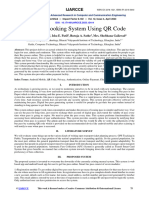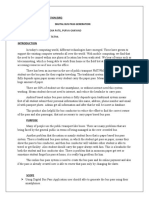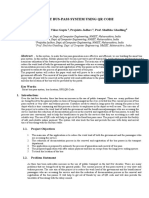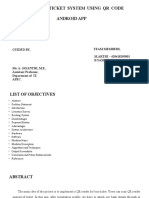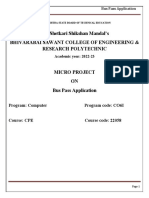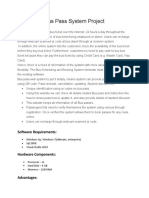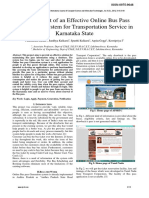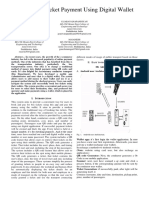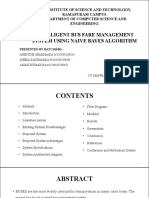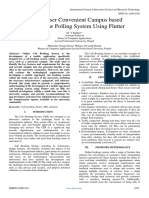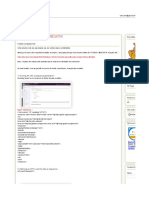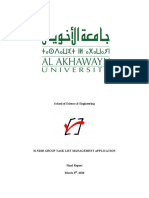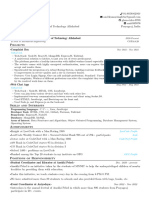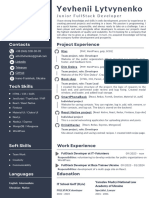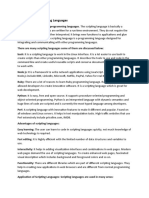0% found this document useful (0 votes)
14 views16 pages(Synopsis) Bus
The document outlines a project proposal for a 'Smart Bus Pass App' developed by students at Government Polytechnic, Pen, aimed at enhancing public transportation through a digital solution for purchasing and managing bus passes. The app features QR code validation, real-time bus tracking, and integrated payment options, addressing issues such as manual issuance, renewal processes, and environmental concerns. The proposal includes detailed methodologies for requirements analysis, system design, development, security, testing, and post-launch evaluation to ensure a user-friendly and efficient application.
Uploaded by
omkokate555Copyright
© © All Rights Reserved
We take content rights seriously. If you suspect this is your content, claim it here.
Available Formats
Download as PDF, TXT or read online on Scribd
0% found this document useful (0 votes)
14 views16 pages(Synopsis) Bus
The document outlines a project proposal for a 'Smart Bus Pass App' developed by students at Government Polytechnic, Pen, aimed at enhancing public transportation through a digital solution for purchasing and managing bus passes. The app features QR code validation, real-time bus tracking, and integrated payment options, addressing issues such as manual issuance, renewal processes, and environmental concerns. The proposal includes detailed methodologies for requirements analysis, system design, development, security, testing, and post-launch evaluation to ensure a user-friendly and efficient application.
Uploaded by
omkokate555Copyright
© © All Rights Reserved
We take content rights seriously. If you suspect this is your content, claim it here.
Available Formats
Download as PDF, TXT or read online on Scribd
/ 16
